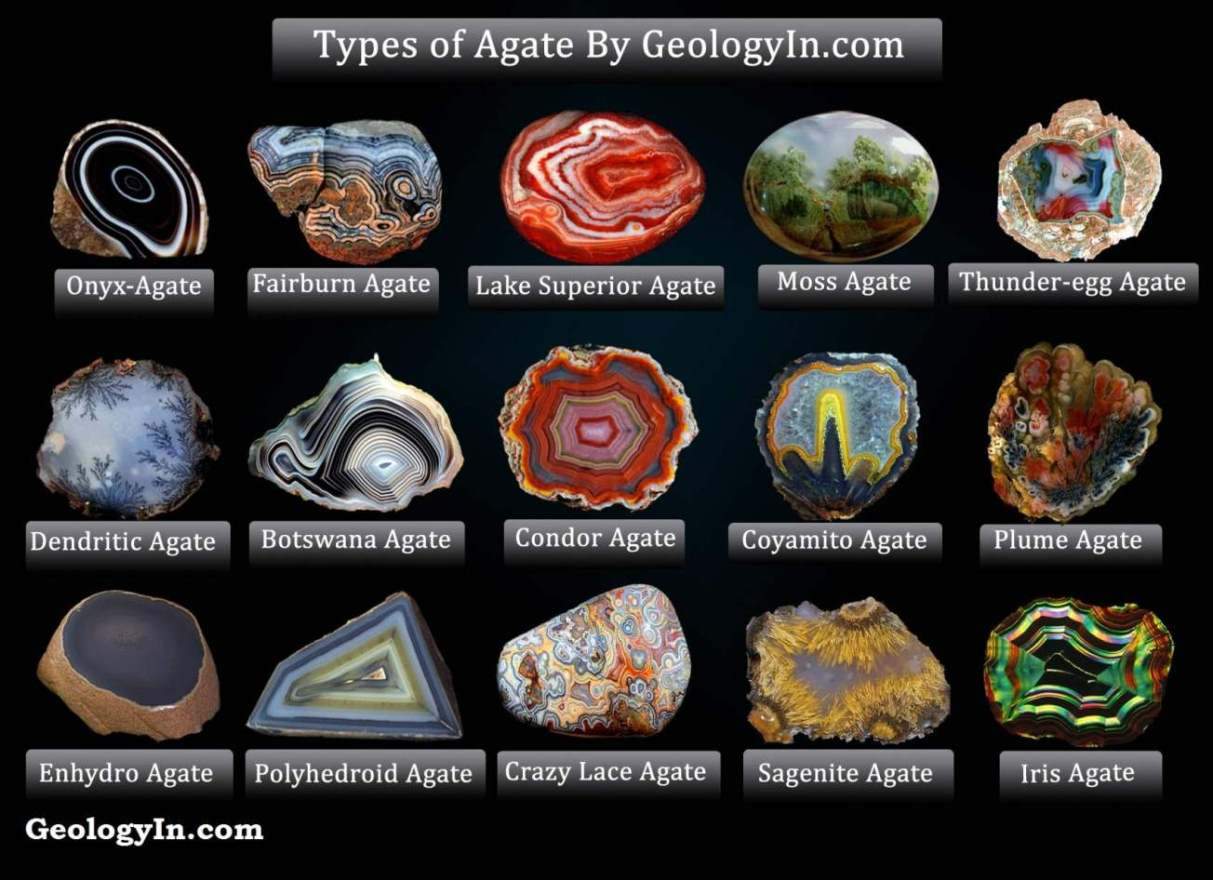Italy's Supervolcano Is Even More Dangerous That We Thought
Italian SUPERVOLCANO is becoming 'more dangerous' as magma builds beneath surface. Scientists locate potential magma source in Italian supervolcano
Scientists have found the first direct evidence of a so-called ‘hot zone’ feeding a supervolcano in southern Italy that experts say is nearing eruption conditions. Campi Flegrei is a volcanic caldera to the west of Naples that last erupted centuries ago.
The area has been relatively quiet since the 1980s when the injection of either magma or fluids in the shallower structure of the volcano caused a series of small earthquakes. Using seismological techniques, scientists have now pinpointed the location of the hot zone where hot materials rose to feed the caldera during this period.
The study was led by Dr Luca De Siena at the University of Aberdeen in conjunction with the INGV Osservatorio Vesuviano, the RISSC lab of the University of Naples, and the University of Texas at Austin. The research provides a benchmark that may help predict how and where future eruptions could strike.
“While this is the most probable location of a small batch of magma, it could also be the heated fluid-filled top of a wider magma chamber, located even deeper.” Dr De Siena’s study suggests that magma was prevented from rising to the surface in the 1980s by the presence of a 1-2 km-deep rock formation that blocked its path, forcing it to release stress along a lateral route.
While the implications of this are still not fully understood, the relatively low amount of seismic activity in the area since the 1980s suggests that pressure is building within the caldera, making it more dangerous. “During the last 30 years the behaviour of the volcano has changed, with everything becoming hotter due to fluids permeating the entire caldera,” Dr De Siena explained.
“Whatever produced the activity under Pozzuoli in the 1980s has migrated somewhere else, so the danger doesn’t just lie in the same spot, it could now be much nearer to Naples which is more densely populated. “This means that the risk from the caldera is no longer just in the centre, but has migrated. Indeed, you can now characterise Campi Flegrei as being like a boiling pot of soup beneath the surface.
“What this means in terms of the scale of any future eruption we cannot say, but there is no doubt that the volcano is becoming more dangerous. “The big question we have to answer now is if it is a big layer of magma that is rising to the surface, or something less worrying which could find its way to the surface out at sea.”
The above story is based on materials provided by University of Aberdeen.


%20(1).webp)






.webp)